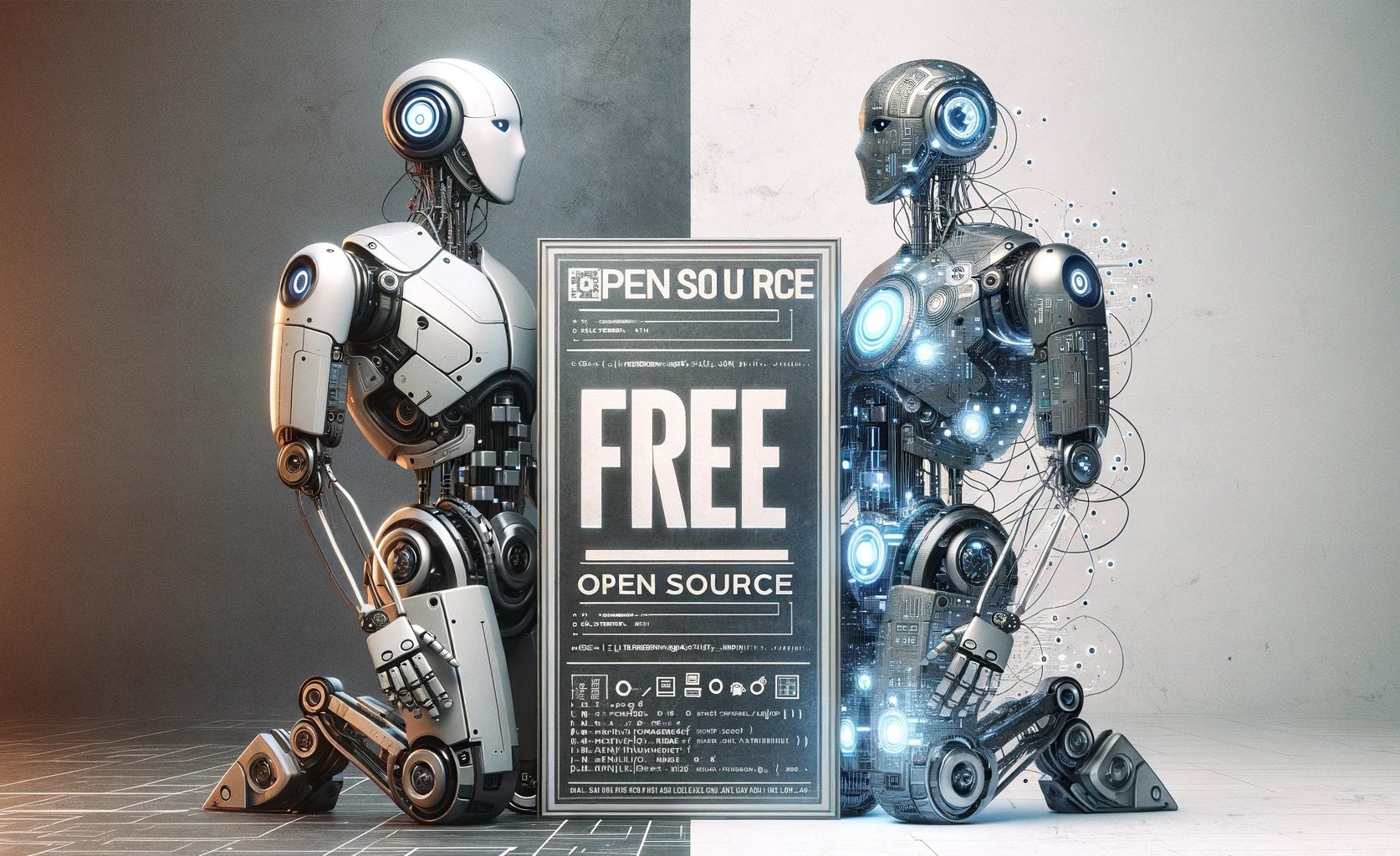Table Of Content
If you’ve ever wondered about the surge of open-source AI and its implications for the tech industry, you’re in good company. Open-Source AI offers a canvas for communal innovation and brings forth an array of tools that transform how we approach problems and solutions in various sectors.
What is OpenSource AI ?
Open-source AI essentially refers to artificial intelligence tools and technologies whose source code is freely available for anyone to use, modify, and distribute. This approach fosters a collaborative environment that not only speeds up technological advances but also democratizes AI development by making high-quality resources accessible to everyone from individual developers to large corporations.
One of the primary reasons why developers gravitate towards open-source AI tools is their ability to innovate freely. For instance, popular frameworks like TensorFlow and Keras provide robust platforms that are continuously improved by contributions from around the globe. These platforms support a wide range of AI functions from image and speech recognition to predictive analytics, making them invaluable for developers looking to push the boundaries of what’s possible with AI. Libraries like Langchain and AI Models such as LLama 3 are also OpenSource.
Moreover, the community-driven aspect of open-source AI ensures that these tools are not only innovative but also versatile and adaptable to different needs. Developers can tailor AI tools to their specific requirements, which is not always possible with proprietary software. The transparency of open-source software also means that any security vulnerabilities are quickly identified and addressed by the community, contributing to more secure and robust solutions.
Is Open-Source always Free?
OpenSource software, by definition, means the source code is available for anyone to view, modify, and distribute. However, “free” in the context of open-source can mean two things: free as in “freedom” (the liberty to use the software in any way) and free as in “free of charge.” Not all open-source software is free of charge, although it often is. The freedom aspect is more about the rights and permissions associated with the software rather than the cost.
The open-source model allows developers to collaborate on software projects, sharing and building upon each other’s work. This often leads to software being available at no cost because it’s developed by a community rather than a single entity looking to profit. However, some open-source projects may require payment, especially if they provide additional services like support, warranties, or customization.
The licenses under which open-source software is released can vary. Some, like the GNU General Public License (GPL), are very strict about ensuring that all modified and extended versions of the software remain open-source. Others, like the Apache license, are more permissive, allowing the inclusion of open-source software in proprietary products.
Therefore, while open-source software is generally free of charge, it’s not inherently guaranteed to be cost-free, depending on how it’s packaged, distributed, or supported.
In essence, if you’re curious about AI and eager to participate in its evolution, the OpenSource route offers a compelling pathway. Whether you’re a novice looking to get your hands dirty with real-world applications or a seasoned developer aiming to contribute to cutting-edge projects, open-source AI provides the resources and community support to make it happen.

